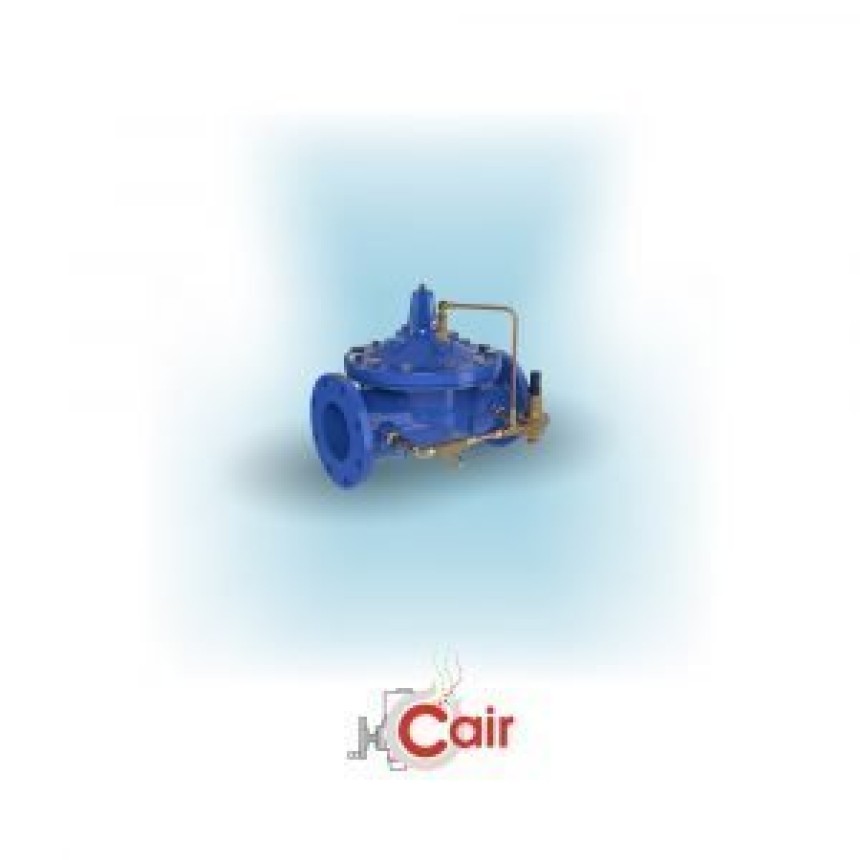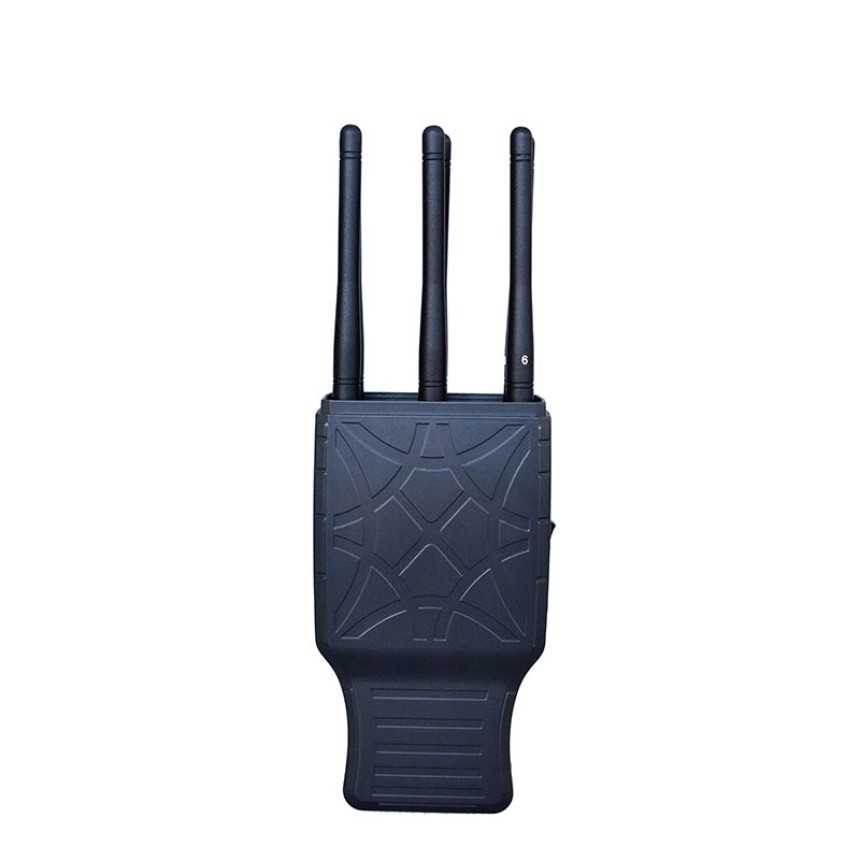
Exploring the Importance of the PRV Valve
Selecting the appropriate PRV valve for a specific application requires careful consideration.
When it comes to ensuring the safety and efficiency of various systems, the Pressure Relief Valve, commonly known as the PRV Valve, plays a crucial role. In this blog post, we'll delve into the significance of this essential component and its role in safeguarding equipment and processes. Let's journey through the world of PRV valves together.
Understanding the PRV Valve: What Is It?At its core, the PRV valve is a mechanical device designed to automatically release excess pressure from a system. Whether it's a steam boiler, a hydraulic system, or a gas pipeline, the PRV valve steps in to prevent catastrophic failures by regulating pressure levels. I often find myself marveling at how such a seemingly small component can have such a significant impact on the safety and efficiency of various industrial processes.
Why Do We Need PRV Valves?I've often heard people wonder why PRV valves are so crucial. So, let me break it down for you. Imagine a steam boiler generating pressure as it heats water. If there's no way to release the excess pressure, the boiler could explode, causing massive damage and potential harm to people nearby. This is where the PRV valve steps in heroically, releasing just enough pressure to maintain a safe equilibrium. It's like having a safety net in place, ensuring that the pressure never reaches dangerous levels.
The Inner Workings: How Does a PRV Valve Operate?Now that we've established the importance of PRV valves, let's dive into how they work. PRV valves are designed with a spring-loaded mechanism and a diaphragm that responds to pressure changes. When the pressure inside a system exceeds the preset limit, the force on the diaphragm overcomes the spring tension, causing the valve to open. This release of pressure prevents any potential damage and brings the system back to a safe level. It's a simple yet ingenious design that has saved countless systems from disaster.
Choosing the Right PRV Valve: Factors to ConsiderSelecting the appropriate PRV valve for a specific application requires careful consideration. Factors such as the type of fluid or gas, the desired pressure range, and the flow rate must be taken into account. Ensuring that you choose the right valve for your system can make all the difference in maintaining efficiency and safety. I've found that consulting with experts in the field can provide invaluable insights into making the right choice.
Maintenance and Care: Extending the Lifespan of PRV ValvesJust like any mechanical component, PRV valves require regular maintenance to perform optimally. I often emphasize the importance of routine inspections to ensure that the valve is functioning as intended. Dust, debris, and corrosion can affect the valve's performance over time. By keeping a watchful eye on your PRV valve and conducting periodic checks, you can extend its lifespan and continue to reap the benefits of a reliable pressure regulation system.
In conclusion, the PRV valve might be a small component, but its impact is anything but minor. From preventing catastrophic failures to maintaining the efficiency of industrial processes, the PRV valve plays a crucial role. So, the next time you encounter this unassuming device, I hope you'll appreciate the intricate role it plays in keeping our systems safe and sound.
Elevate Your Home Organization: Buy Jute Baskets Online in the USA
Buy Jute basket online in usa




